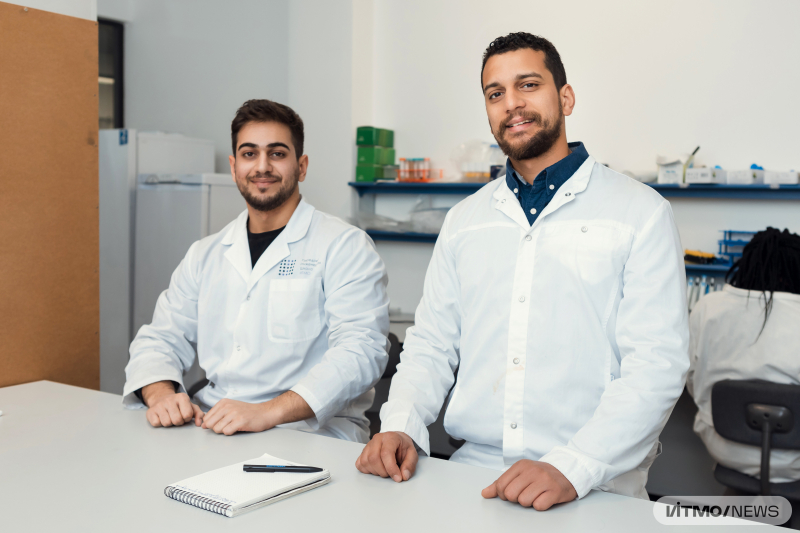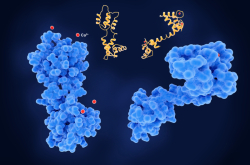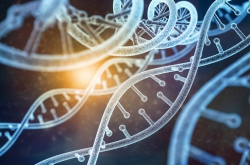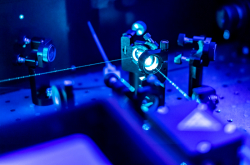PCR testing is one of the most common and accurate methods of detecting SARS-CoV-2. However, such tests can only be conducted by medical professionals at a clinic; moreover, it requires special equipment – a DNA amplifier. First, using special enzymes, a viral DNA is acquired based on the RNA matrix. Then, thanks to PCR, a DNA copy of the virus is multiplied, increasing the chances of detecting the virus.
For several years, scientists from ITMO’s ChemBio Cluster have been working on an express test that will be capable of quickly and accurately detecting COVID-19 (SARS-CoV-2). Earlier, the researchers developed a DNA nanomachine with four “arms.” The DNA system with fluorescent substrates (substances releasing glow when cleaved) are added into a sample with viral RNA. Next, the DNA nanomachine uses its four “arms” to unfold the RNA; if the sample contains the virus, the DNA system will attach to it and launch the cleavage of the fluorescent substrates. The resulting glow signals the presence of SARS-CoV-2 RNA in the sample.
According to Zain Hussein, the paper’s first author and a PhD student at the ChemBio Cluster, the DNA nanomachine was given two hooks in order to accelerate the process of cleaving fluorescent substrates. The hooks serve as a delivery system for six substrates to the viral target. This modification increased the sensitivity of the DNA system, while decreasing the time it takes to get the results.
“In our previous study, it took the system three hours to produce a result, and now this time has been brought down to one hour. We have also decreased the concentration of viral RNA necessary to be detected: from 26 to 2 pM, which increased the nanomachine’s sensitivity compared to what we had before. The nanomachine can now detect target DNA, analogous to viral, and viral RNA respectively 80 and 13 times more accurately,” says Zain Hussein.
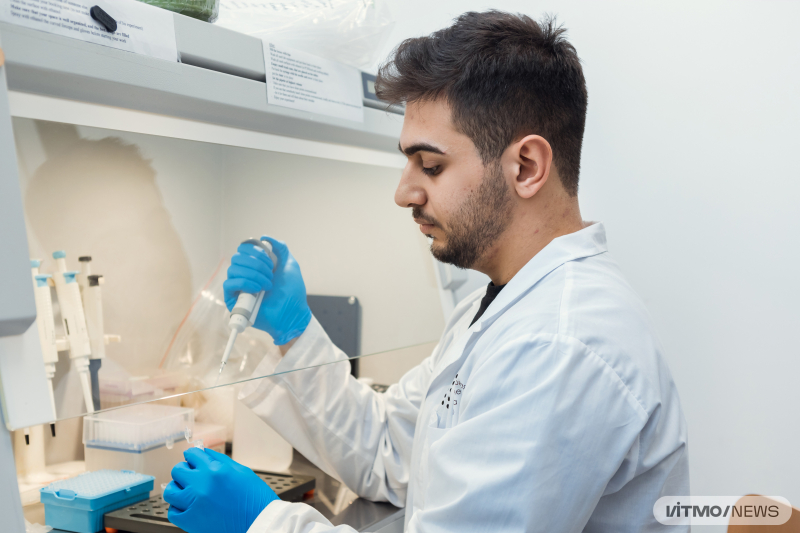
Zain Hussein. Photo by Dmitry Grigoryev / ITMO.NEWS
The new device is meant to be used as an at-home COVID-19 express test. Currently, the fluorophore releasing test results can only be seen with a spectrophotometer, so next the team plans to replace the fluorescent substrate with quantum dots to make the test simpler and more accessible. This research project is supported by ITMO's Advanced Engineering School.
“Quantum dots can radiate light when exposed to ultraviolet light. As soon as we add the viral RNA with the DNA system to quantum dots, we will see a change in light with the naked eye – then, we’d no longer need a spectrophotometer. We have already tested the nanomachine’s compatibility with quantum dots and are currently looking for a way to fix the quantum dots onto glass slides,” shares Ahmed El-Deeb, the head of the Nucleic Acid Nanotechnology Lab, a PhD student at ITMO’s ChemBio Cluster.

Ahmed El-Deeb. Photo by Dmitry Grigoryev / ITMO.NEWS
